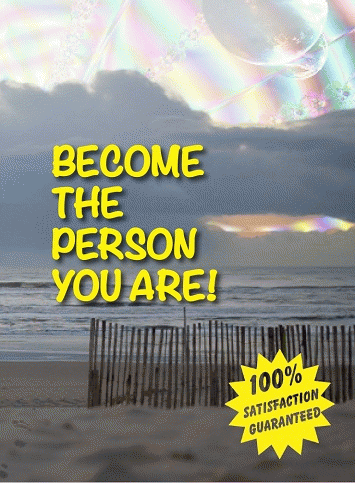Taking Care of Our Attention
This article is an exploration of the themes addressed in the book Taking Care of Youth and the Generations by Bernard Stiegler and it is part of a video project produced by Ana Crisostomo, Daria Koreniushkina, Maya Livio and Mathias Schuh.

Originally published in French in 2008 and translated to English two years later [1], Taking Care of Youth and the Generations is a book which explores the relations between young people and current media and marketing technologies, reflecting on the short and long-term implications of the contemporary phenomena of attention.
Building an intricate conceptual framework [it may be useful for most readers to make use of Galloway’s “abridged glossary for the uninitiated”], Bernard Stiegler borrows concepts from authors such as Plato, Kant, Freud, Foucault, Heidegger, and Simondon as supporting blocks for his complexly crafted theories.
Throughout eleven chapters, the French philosopher does not spare criticism on a breadth of topics related to media and attention. These include: The older generations who fail to behave responsibly and with maturity, the educational institutions unable to efficiently respond to the challenges of a hypermediatized environment, the ‘programming’ industries for destroying people’s capacity for attention and undermining the connection between generations [2], and the political agents who ultimately fail to foster a system of care for the public.
Stiegler describes the progressive disenchantment with the world, cultivated by psychotechnologies (in opposition to psychotechnics which encourage attention) and the increasing role of drives as negative propellers which annihilate the capacity to desire. He also describes how this situation is facilitated when the transindividuation processes become damaged.
The author’s perspective carries a strong moralistic undertone and, ultimately, aims at alerting the reader to the severity of the current state of affairs while calling for a critical and committed intervention. Even though the human being has, according to the Stiegler, a natural tendency towards “laziness and cowardice,” it is possible to utilize intelligence as a weapon against the destruction of the psychic apparatus, so long as used in a conscious way.
It might seem that the philosopher’s approach positions new technologies as inherently malign but that is not fully accurate. Making use of Stiegler’s own lexicon, we could label these technologies as pharmacological because they hold the potential for a duality–they can either be used to benefit the individual or to his detriment–so their character is defined by the purpose of their use. In one recent interview [3], Stiegler mentions the relevance of network technologies (such as the Internet) in fostering the collective intelligence and creating a society of contribution which goes beyond a society of information by adding an element of genuine exchange.
What follows is our interpretation of some of Stiegler’s concepts in this particular book and, to a certain extent, an experiment based on a derivative line of thought.
A Video Interpretation
Two of the most crucial ideas in Taking Care of Youth and the Generations are the concepts of attention and care, and these were the main aspects leading the conceptual process of the video we have produced. The choice of this specific medium, as well as its respective content, is also not random: Stiegler directly criticizes the mass media agenda (in particular, television [4]) and the marketing practices associated with the consumerist society which transforms lovers of culture into powerless consumers of culture.
Behind an appearance of parody (beginning with the kitsch DVD cover presented at the start of this article), our video questions the audience’s ability for deep attention by functioning as a manipulation device, abiding by the same rules as those used for meditation marketing materials. This ‘transindividuation crash course’ incorporates features designed to undermine its explicit intention and reveal the irony in the process.
Ultimately, the intention is to serve as an illustration of Stiegler’s idea of media as both the poison and the cure in terms of its effects on attention, and to call the concepts of attention and critical action (or “care” in Stiegler’s terminology) in contemporary society into conversation.
——–
[1] A list of Bernard Stiegler’s works translated to English can be found on this page.
[2] Some of the related specific perverse consequences, such as attention deficit disorders, are described in this book review.
[3] Parts 1 and 3 of “The Column of Cultural Policy 2.0” are also available online: See Part 1 – Culture and Society; Part 3 – Interactive Media and Reflection.
[4] The book starts exactly with a criticism directed at Channel Y (a French television channel) and its advertising campaign to question the responsibility and maturity of ‘older’ generations and, consequently, the institutions which have a prominent educational role (either directly or indirectly).